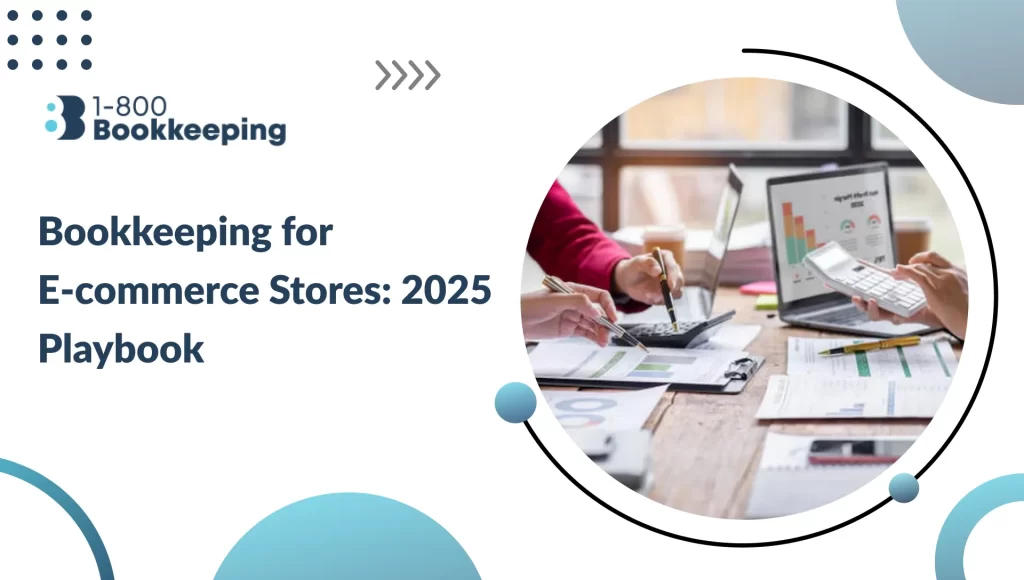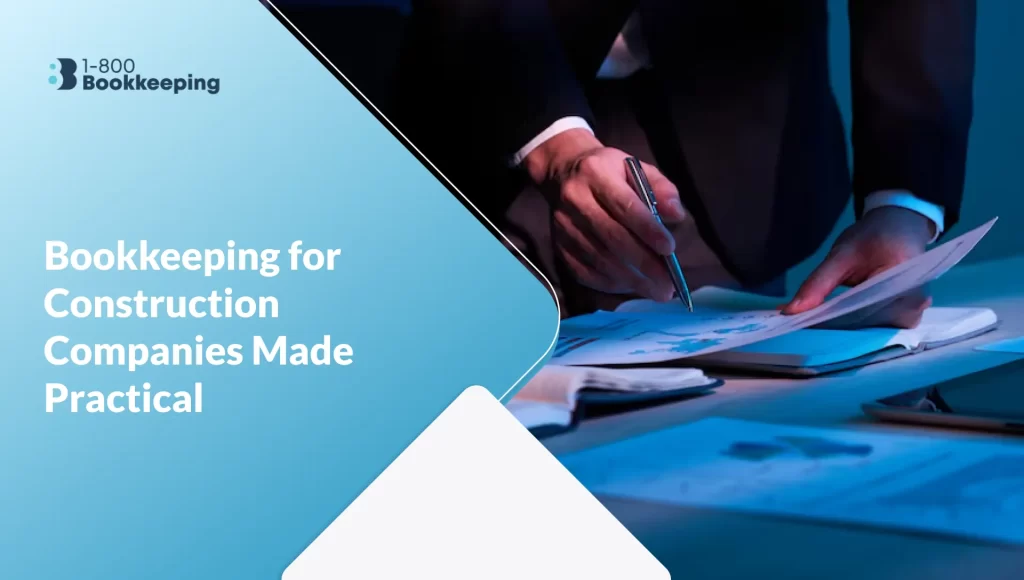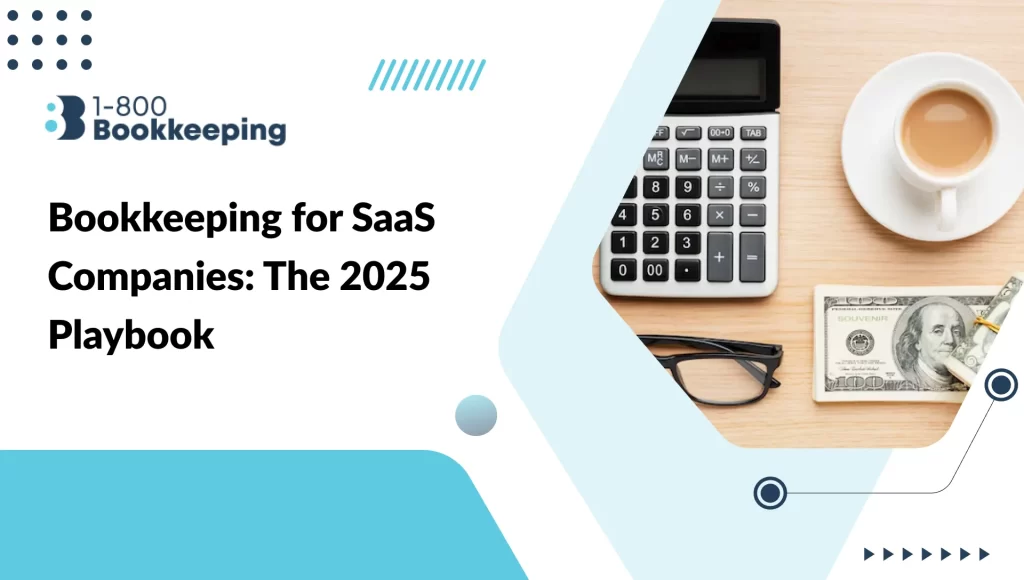Keeping your business’s finances in check can be challenging, but the general ledger is the foundation for accurate financial tracking and reporting. Mastering the general ledger gives you a clear, organized view of your financial transactions, helping you make informed business decisions. This article explains a general ledger, how it works, and why small businesses must stay financially healthy. From understanding the types of accounts to leveraging modern tools, you’ll discover how mastering the general ledger can simplify your financial management.
Understanding the General Ledger (GL)
A general ledger is the central database of your business’s financial records. It keeps track of every financial transaction, categorizing them into different accounts like assets, liabilities, and expenses. The general ledger ensures accurate financial reporting by maintaining a comprehensive record of all transactions. This reliability is critical for making informed business decisions and maintaining transparency in your financial statements.
The Importance of General Ledger Accounts
General ledger accounts help businesses keep their financial records organized. By consolidating all transactions into one place, companies can easily monitor their financial health, stay compliant with tax regulations, and produce accurate financial statements. Here are the primary reasons for using general ledger accounts:
- Centralized Record-Keeping: All transactions, from sales to expenses, are tracked in one place.
- Enhanced Accuracy: Accurate records mean clear financial statements vital for tax filings and business audits.
- Compliance: Well-maintained ledgers simplify tax season, ensuring your business complies with government regulations.
Partnering for Comprehensive General Ledger Management
Handling a general ledger efficiently requires expertise and time; getting it right can significantly improve your business’s financial health. 1-800 Bookkeeping specializes in tailored bookkeeping services, ensuring your financial records are accurate and insightful for business growth. Here’s how we can help simplify your ledger management:
- Reconciliation Management: We ensure that your records are regularly reconciled, matching your internal data with external documents like bank statements to catch any discrepancies early.
- Error-Free Ledger Maintenance: Our team ensures every transaction is correctly recorded, eliminating the risk of manual mistakes that can disrupt financial statements.
- Comprehensive Financial Reports: We generate detailed financial reports that clearly show your business’s financial health and help you make informed decisions.
- Automation for Efficiency: We leverage advanced bookkeeping software to automate routine processes, speed up operations, and reduce the chances of errors.
- Customized Services: Every business is different. We tailor our services to meet your bookkeeping needs, ensuring that your financial management stays aligned with your business goals.
Ready to improve your financial management? Contact 1-800 Bookkeeping today, and let us streamline your general ledger management, saving you time and boosting accuracy.
How Does a General Ledger Work?
Understanding the workings of a general ledger simplifies managing your business finances. The general ledger relies on a double-entry system, guaranteeing that every transaction impacts two accounts—one is debited and the other is credited, ensuring your books always balance.
The Double-Entry System
- Debit and Credit: Every financial transaction involves a debit and a corresponding credit. A debit increases an asset or expense account, while a credit increases a liability, equity, or revenue account.
- Balance: The double-entry system ensures that the total debits always equal the total credits, maintaining the balance of your financial records.
Posting to the General Ledger
- Subsidiary Ledgers: Transactions are initially recorded in subsidiary ledgers or journals, such as sales, purchases, or cash journals.
- Posting: At the end of a period (e.g., monthly, quarterly, or annually), the transactions from subsidiary ledgers are posted to the general ledger. This involves transferring the amounts from the subsidiary ledgers to the corresponding accounts in the general ledger.
Types of General Ledger Accounts
Exploring Different General Ledger Accounts
General ledger accounts are divided into five main categories that help you track every aspect of your business finances. These categories are:
- Assets: Includes items like cash, inventory, and property.
- Liabilities: Tracks loans, mortgages, and payables.
- Equity: Represents owner investments and retained earnings.
- Revenue: Income from business operations.
- Expenses: Costs of operating the business, such as rent and utilities.
Asset and Liability Accounts
Assets refer to anything your business owns, such as cash and equipment. Liabilities are what your business owes, such as loans and accounts payable. Keeping these accounts up to date is vital for understanding your company’s financial standing.
Revenue and Expense Accounts
Revenue accounts record your business’s earnings, while expense accounts track your operational costs. Together, they help paint a complete picture of your financial performance, allowing you to assess profitability.
Uncommon General Ledger Accounts
Beyond the main categories, some general ledger accounts have specialized roles:
- Contra Accounts: These accounts reduce the balance of another account, such as accumulated depreciation.
- Memorandum Accounts: These are used to note important financial information that doesn’t affect your ledger’s balance.
The Role of General Ledgers in Double-Entry Bookkeeping
General Ledgers and Double-Entry Bookkeeping
The general ledger is crucial in double-entry bookkeeping. This method ensures accuracy in your financial reporting and keeps your books balanced. It requires that each transaction impact two accounts, maintaining financial balance.
Maintaining Balance in the Ledger
The double-entry system ensures that debits and credits balance out in your ledger, which is crucial for producing accurate financial statements. If your ledger doesn’t balance, you could face potential errors that need correcting.
Importance of Internal Controls
Internal controls like reconciliations and audits are essential to maintaining an accurate ledger. These controls help detect and prevent fraud or errors, ensuring the integrity of your financial statements.
Ensuring Accuracy Through Reconciliation
General Ledger Reconciliation
Reconciling your general ledger with external documents, such as bank statements, is critical for identifying discrepancies or errors. This process ensures that the financial records in your ledger match those of external entities.
Reconciling with Bank Statements
You should reconcile your general ledger with bank statements at least monthly. This process ensures all transactions are accounted for and match your bank’s records, reducing the chance of errors.
Importance of Regular Reconciliation
By reconciling your general ledger regularly, you can catch potential errors early. This helps maintain accurate financial data and ensures compliance with regulations.
Leveraging Technology for General Ledger Management
Technology has revolutionized the way businesses manage their general ledgers. Modern accounting software offers a range of features that can significantly streamline processes and enhance financial visibility. Here’s how:
Automation
- Automated posting: Transactions are automatically posted to the general ledger, reducing the risk of human error and saving time.
- Reconciliation: Software can automatically reconcile bank accounts and credit card statements, streamlining the process and ensuring accuracy.
Real-time updates
- Instantaneous data: Financial data is updated in real-time, providing a clear and up-to-date picture of your business’s financial health.
- Proactive monitoring: You can monitor your business’s financial performance and identify potential issues early.
Easy reporting
- Customizable reports: Generate various financial reports, including income statements, balance sheets, and cash flow statements, to suit your needs.
- Drill-down capabilities: Easily drill down into specific transactions or accounts for detailed analysis.
- Data visualization: Visualize complex financial data through charts and graphs for easier understanding.
Real-World Examples of General Ledger Transactions
General Ledger Transaction Example: Purchasing Office Supplies
Scenario: Your business purchases office supplies for $200 on credit.
Journal Entry:
- Debit: Office Supplies Expense Account: $200 (Increases expenses)
- Credit: Accounts Payable Account: $200 (Increases liabilities)
Explanation:
- Debit: The Office Supplies Expense Account is debited to increase the expense.
- Credit: The Accounts Payable Account is credited to record the liability to the supplier.
General Ledger Transaction Example: Selling a Product
Scenario: Your business sells a product for $500 cash. The cost of the product is $300.
Journal Entry:
- Debit: Cash Account: $500 (Increases assets)
- Credit: Sales Revenue Account: $500 (Increases revenue)
- Debit: Cost of Goods Sold Account: $300 (Increases expenses)
- Credit: Inventory Account: $300 (Decreases assets)
Explanation:
- Debit: The Cash Account is debited to record the cash received from the sale.
- Credit: The Sales Revenue Account is credited to record the sales revenue.
- Debit: The Cost of Goods Sold Account is debited to record the cost of the product sold.
- Credit: The Inventory Account is credited to reduce the inventory by the cost of the product sold.
Conclusion
Mastering your general ledger is crucial for managing your business’s finances effectively. An accurate general ledger sets the foundation for your business’s success, from recording transactions to maintaining balance through double-entry bookkeeping. If you’re ready to streamline your financial management, contact 1-800 Bookkeeping today to ensure your general ledger is in expert hands, freeing you to focus on what matters most—growing your business.
Don’t let Bookkeeping Overwhelm You. Hire 1-800 Bookkeeping
Running a business is demanding, and keeping track of your finances can be a never-ending chore. Many business owners need help with the complexities of bookkeeping, which can leave them frustrated and behind.
1-800 Bookkeeping offers expert services to streamline your financial processes and empower you to make informed decisions.
Our team of seasoned professionals understands the unique challenges businesses of all sizes face. We can help you:
- Free Up Valuable Time: Offload your bookkeeping tasks to our dedicated professionals.
- Gain Peace of Mind: Ensure your financial records are accurate and up-to-date.
- Make Smarter Decisions: Get actionable insights into your business performance through clear and concise reports.
- Feel Confident: Make informed financial decisions based on reliable data.
Don’t let bookkeeping hold you back from achieving your business goals. Contact 1-800 Bookkeeping today for affordable bookkeeping solutions.
FAQs:
1. What is a general ledger, and why is it important?
A general ledger is the primary record-keeping system for a business’s financial transactions. It ensures transparency and accuracy in financial reporting, essential for making informed business decisions.
2. How does the double-entry system work in a general ledger?
The double-entry system ensures that every debit has an equal credit, maintaining balance in the financial records. This method reduces errors and provides accurate financial reporting.
3. Why is regular reconciliation of the general ledger necessary?
Reconciliation helps ensure that the financial data in your general ledger matches external documents, such as bank statements. Regular reconciliation minimizes discrepancies and maintains the integrity of your records.
4. What are the main categories of accounts in a general ledger?
The main categories are assets, liabilities, equity, revenue, and expenses. These help track all financial aspects of a business and provide a clear financial picture.
5. How can accounting software help manage a general ledger?
Accounting software automates transaction recording, reduces manual entry errors, and provides real-time updates. It also simplifies the creation of financial reports, making general ledger management more accessible and more efficient.





